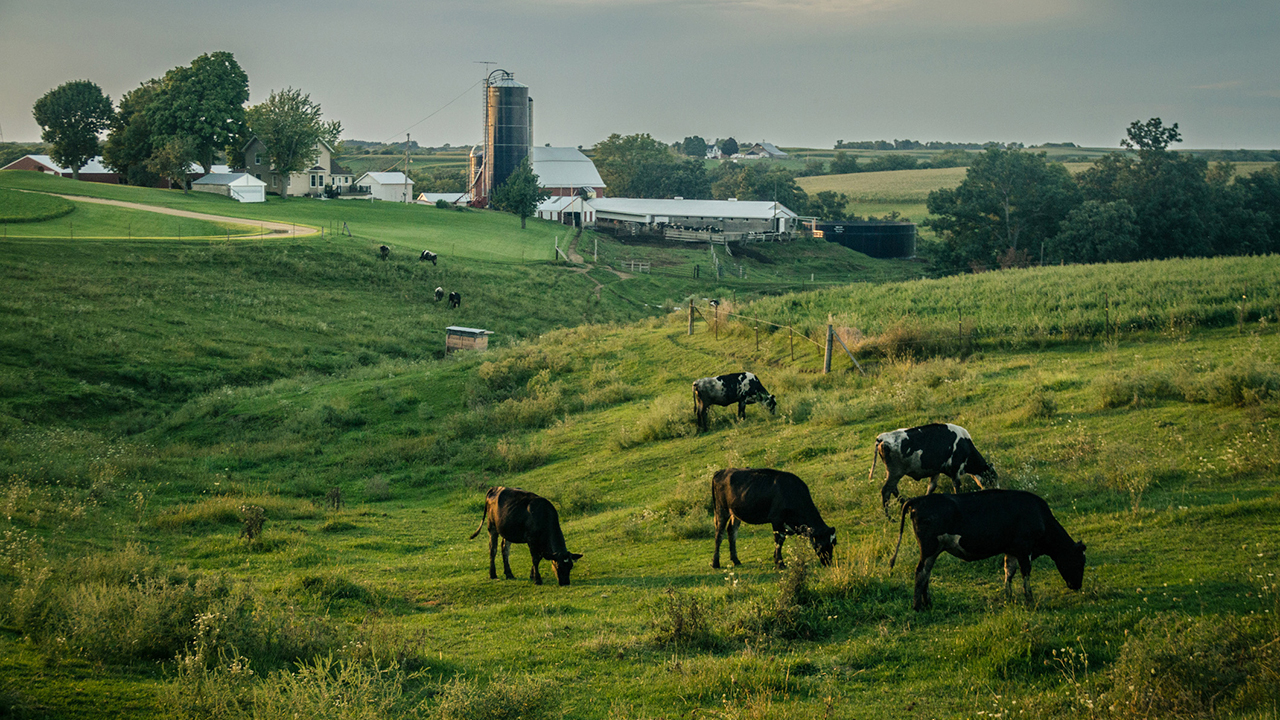
Anyone who visited a grocery store between mid-March and the end of April knows the arrival of COVID-19 led to disruptions in supply lines across the United States.
Minnesota agriculture, an important part not only of the statewide economy but of many individual communities’ prosperity, was no exception to the disruption. UMN Extension economists Brigid Tuck and Joleen Hadrich, along with Extension educator Megan Roberts, have been studying COVID-19’s impact with a focus on livestock-based agriculture. Their reports show the virus has hit each part of the industry differently.
“While all of Minnesota benefits from agriculture, COVID-19 has affected some agricultural industries harder than others, thus Minnesota’s communities are experiencing different effects as well,” said Tuck, a senior economic impact analyst based out of Extension’s Mankato office.
Impacts by Industry
When COVID-19 reached processing plant workers and interrupted their ability to make pork products, it hurt farmers’ hog sales. It also led to cuts in related services, such as animal feed, transportation, and veterinary services. A recent Extension study showed this bottleneck in the supply chain, added to a high unemployment rate, threatened to bring about a $660 million loss in economic activity for Minnesota.
The average hog farmer was already struggling to make a profit in 2019, losing about 32 cents per hog. Through the effects of COVID, farmers may face additional losses in 2020, even after assistance from the federal government, Tuck said. Some farmers, especially independent growers, may need to explore new marketing options to adapt.
“Pork processing facilities in Minnesota are moving toward full operating capacity,” she said. “Thus, producers are moving out of the immediate crisis. Hog farmers, however, may continue to face difficulties.”
Among dairy farmers, the outlook has been different. The average farm ended 2019 with a profit, shaking off challenges from low dairy prices in the previous years. Despite another drop in prices during the early months of the pandemic, the industry appears to be stabilizing in Minnesota. Part of the reason for this, Hadrich said, has to do with how the state uses its dairy.
“While industry trends affect Minnesota dairy, especially pricing, much of Minnesota’s milk is processed into cheese,” she said. “Cheese stores more easily, allowing some flexibility in the supply chain.”
The dairy industry has also been bolstered by school districts continuing to offer summer nutrition programs (which include milk as a beverage), falling grain prices (used to feed cattle), and lower fuel costs (for hauling milk).
Finally, the poultry industry has experienced wild price swings during the pandemic, with the cost of turkey increasing. Meanwhile, the price of eggs has varied wildly based on the market where the eggs would be used. The price for those sold in grocery stores quadrupled, while the cost of eggs used for food service plummeted.
An Uncertain Future
What should we expect going forward? As COVID-19 continues to create uncertainty as to when—and in what capacity—restaurants, schools, and other commercial customers of agricultural products, Tuck said pork and dairy processors may have to consider changing the way volume of the supply and their marketing efforts to fit variations in the demand.
For example, if schools close to in-person learning this fall, processors will see a dramatic drop in how much product they can sell for school lunches. On the retail side, changing between shelter-in-place, Stay Safe orders, and a fuller reopening of the economy could affect how customers shop for their own groceries. Such fluctuations could create even more stress for the farmers themselves, Roberts said.
“While farmers have adjusted to the immediate crisis, the volatility in demand and pricing may drive those who already faced tough finances out of the industry,” she said.
The impact extends beyond the growers and processers. Agriculture is a crucial part of the tax base of many counties and school districts, Roberts added. If prices continue to fall and farmers continue to struggle, counties and schools may find themselves searching for ways to cut their budgets.